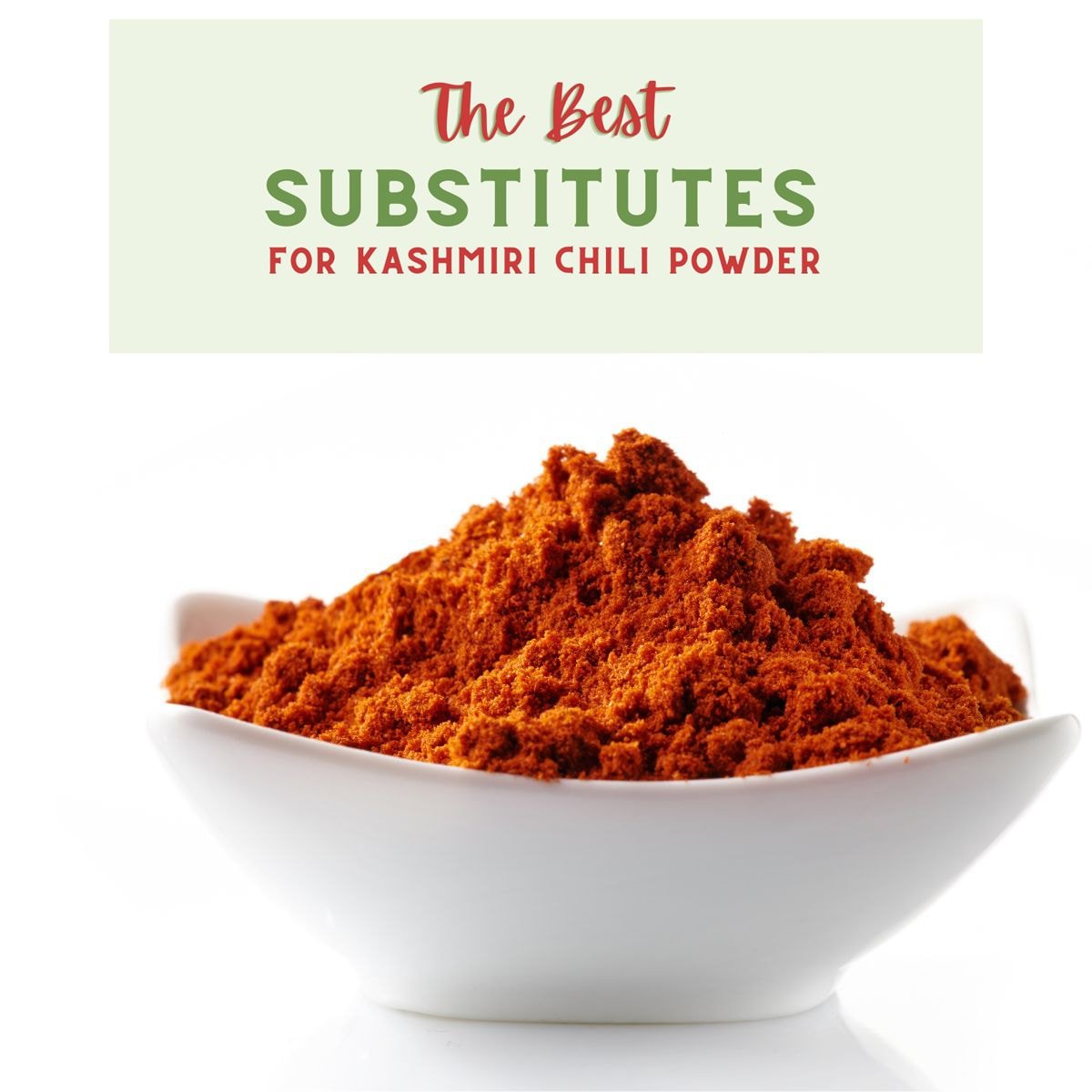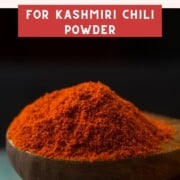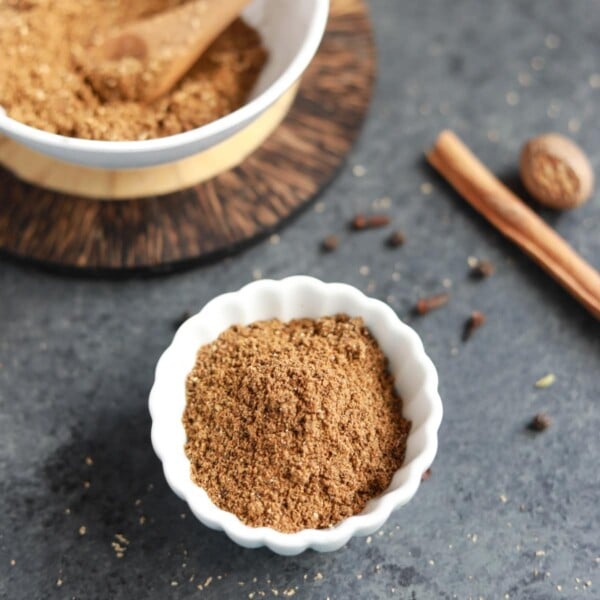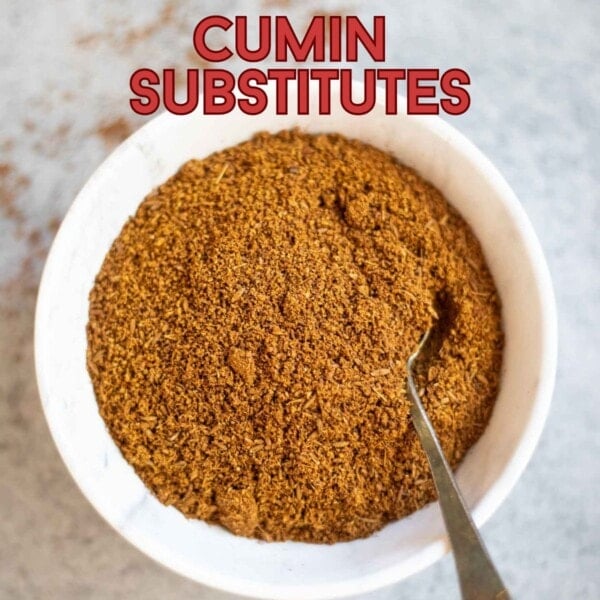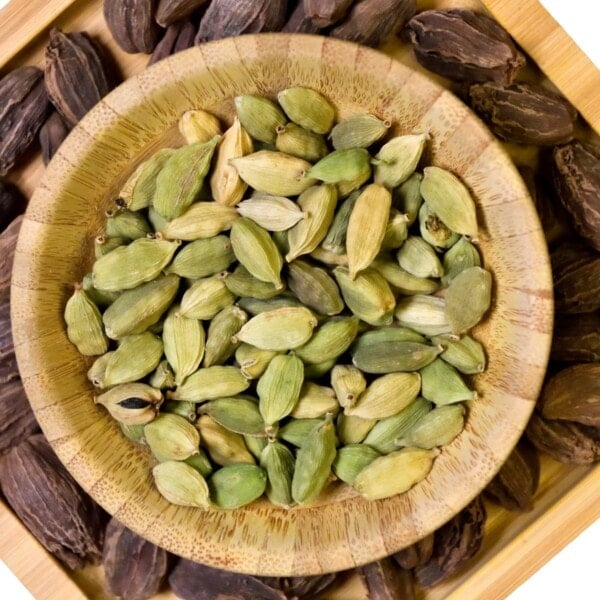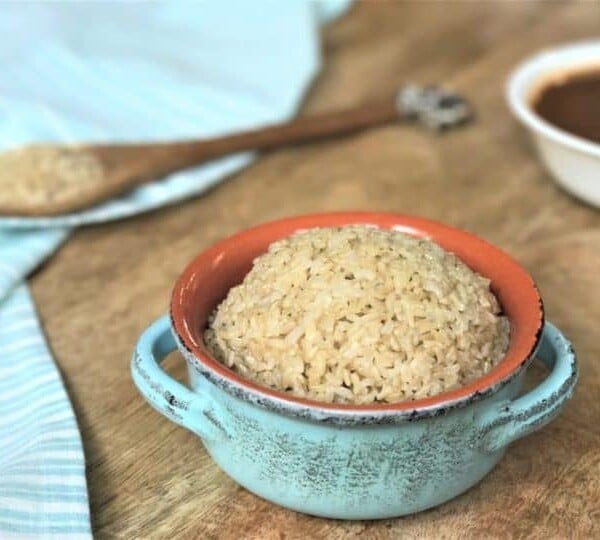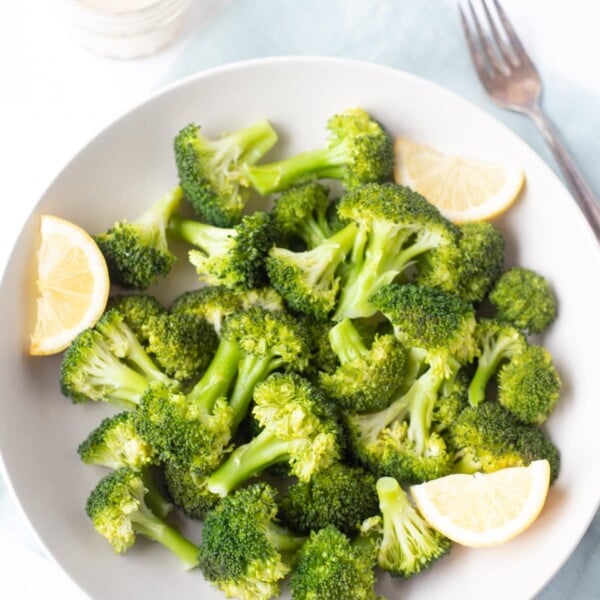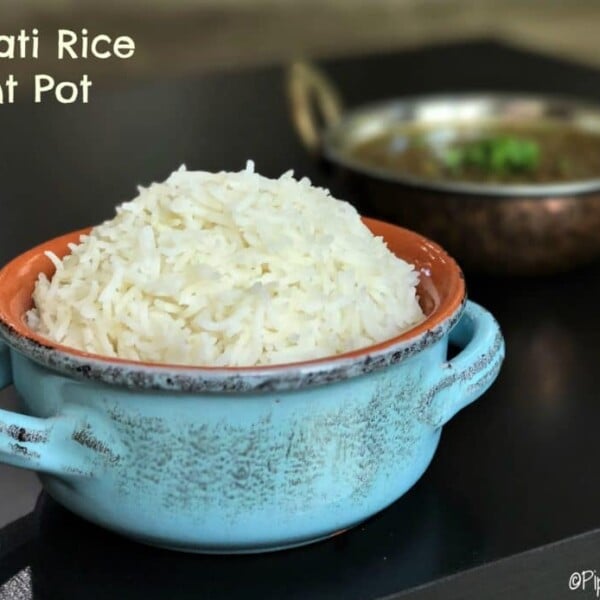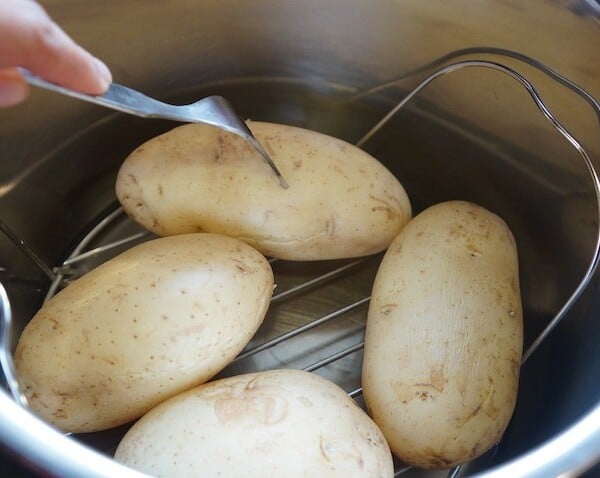Originating from the picture-perfect Kashmir Valley, Kashmiri Chili has earned its place in countless kitchens around the world. Discover various Kashmiri Chili Powder Substitutes for your Indian recipes.
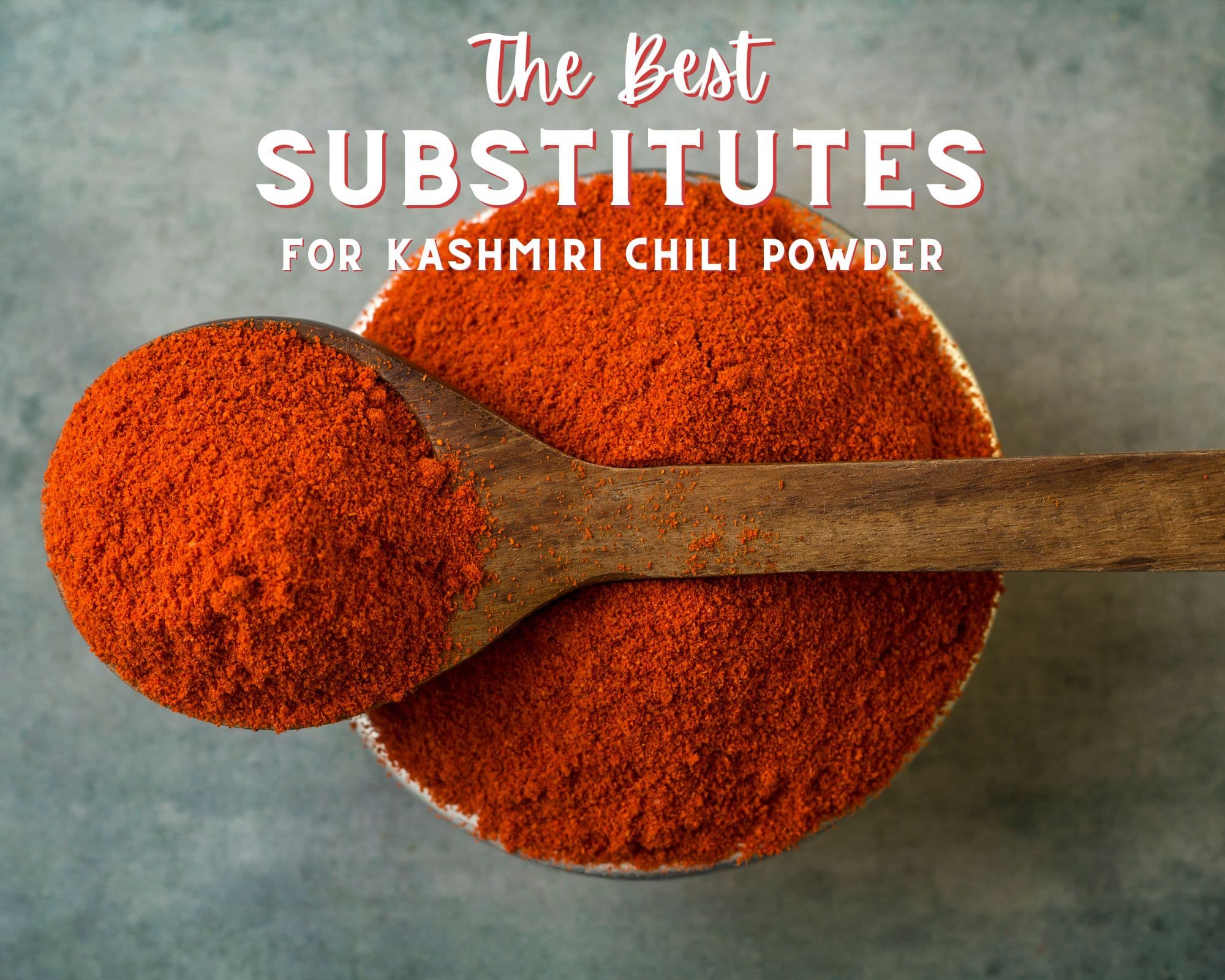
Kashmiri chili, also known as Kashmiri lal mirch, is a type of chili pepper native to the Kashmir region of India. It is known for its vibrant red color and mild heat.
Spices are the heartbeat of any great dish, infusing it with depth, aroma, and that perfect hint of heat. Among all the spices, Kashmiri chili powder stands out, renowned for its stunning red hue and mild spicy flavor.
However, due to its distinctiveness, finding a suitable substitute can help replicate some of its qualities when it’s not accessible. This ensures that you can still enjoy the flavors and appearance of the dish, even if you don’t have Kashmiri chili powder in your pantry.
If you can find dried Kashmiri red chili, you can make homemade Kashmiri red chili powder.
Table of Contents
What is Kashmiri Chili?
Kashmiri chilies are distinguished by their relatively mild pungency. Compared to other chili varieties, Kashmiri chilies are relatively mild. They provide a subtle kick without overwhelming the dish with spiciness. They have a slightly smoky, earthy undertone, which adds depth to dishes.
While mild, they still have a pungent quality characteristic of chili peppers, but it is far less intense compared to spicier varieties. One of the notable aspects of Kashmiri chili is its ability to provide both color and flavor without dominating the overall taste of a dish.
The heat scale of Kashmiri red chili peppers is 1,000 to 2,000 Scoville heat units or SHU, compared to 30,000 to 50,000 Scoville heat units for cayenne peppers.
Kashmiri Chili Powder vs Regular Chili Powder
| Aspect | Kashmiri Chili Powder | Regular Chili Powder |
|---|---|---|
| Flavor | Mild, rich, earthy, slightly smoky, fruity | It can range from mild to very hot, depending on the variety. |
| Heat Level | Mild to Medium | Medium to Hot |
| Color | Vibrant deep red | Darker, varies depending on the blend |
| Culinary Uses | Adds color and mild spiciness to Indian dishes like curries, biryanis, tandoori dishes, etc. | Common in Mexican, and American cuisines. Used in dishes like salsa, Mexican Rice, Tacos, etc. |
Note: Regular chili powder is different than the chili powder spice blend used in American cooking. This just has ground dried red chili peppers and no other ingredients.
When to Use Which?
- Use Kashmiri Chili Powder when you want to add mild heat and vibrant red color to your dishes, especially in Indian cuisine.
- Use Regular Chili Powder when you’re looking for a more intense chili flavor and a higher level of heat in your recipes.
Both types of chili powder have their own unique applications and can be used to achieve different flavor profiles in your dishes.
Uses of Kashmiri Chili in Recipes
1. Curries and Gravies
Kashmiri chili powder is a key ingredient in various Indian curries, adding color and subtle heat without overwhelming the dish. It is a key ingredient to add to tandoori marinades. Some curries using this mild chili powder are Paneer Tikka Masala, Shrimp Masala, and Kadai Chicken.
2. Rice Dishes
It’s used in dishes like chicken biryani and vegetable pulao to add color and a touch of spiciness.
3. Chutneys and Pickles
It’s used to make flavorful chutneys and pickles, where its mild heat and vibrant color are highly valued. Some recipes include dry chili garlic chutney and apricot chutney.
4. Snacks and Street Food
It’s used in various street food preparations like chaat, pakoras, and tandoori dishes to impart color and mild spiciness.
Substitutes for Kashmiri Chili
1. Regular Chili Powder (Standard or Cayenne)
- Flavor: It has a spicier, more intense chili flavor compared to Kashmiri chili.
- Heat Level: Can be hotter, so adjust the quantity to match the desired spiciness.
- Color: Darker and less vibrant than Kashmiri chili.
2. Paprika (Sweet or Smoked)
- Flavor: Sweet paprika provides a mild, slightly sweet flavor, while smoked paprika adds a smoky element.
- Heat Level: Both are very mild and won’t contribute much spiciness.
- Color: Depending on the variety, it can range from bright red (sweet paprika) to deep red (smoked paprika).
3. Byadgi Chili
- Flavor: Byadgi chilies are known for their unique, mildly fruity flavor with a moderate level of heat. They have a distinct smoky texture.
- Heat Level: They are generally milder than regular chili powder but slightly spicier than Kashmiri chili.
- Color: Byadgi chilies are deep red in color, similar to Kashmiri chili. They are often used to impart richness in the dishes.
4. Deggi Mirch
- Flavor: Deggi Mirch is a blend of different varieties of dried red chilies. It offers a moderately spicy and earthy flavor with a hint of smokiness.
- Heat Level: It is slightly spicier than Kashmiri chili but milder than standard chili powder.
- Color: Deggi Mirch provides a deep red color, making it a suitable substitute for Kashmiri chili in terms of appearance.
5. Ancho Chili Powder
- Flavor: Ancho chilies have a distinct smoky and fruity flavor with a hint of sweetness. This differs from the earthy and somewhat tangy flavor of Kashmiri chilies. Depending on the dish, this difference in flavor may be noticeable.
- Heat Level: While both ancho and Kashmiri chilies are relatively mild, ancho chilies can sometimes be slightly spicier. If your recipe calls for Kashmiri chili for its mildness, you may want to use ancho chili in smaller quantities and adjust to taste.
- Color: Ancho chili powder has a deep red color similar to Kashmiri chili powder, making it a good choice for adding vibrant color to dishes.
6. Gochugaru
- Flavor: Gochugaru has a unique, slightly smoky, and fruity flavor with a touch of sweetness. This differs from the earthy and somewhat tangy flavor of Kashmiri chili powder. The flavor variation may be noticeable in certain dishes.
- Heat Level: Gochugaru, like Kashmiri chili powder, tends to be relatively mild in terms of spiciness. It imparts flavor without overwhelming heat.
- Color: Both Gochugaru and Kashmiri chili powder are known for their bright red color, which adds a visually appealing element to dishes.
Substitutes to Avoid
Cayenne pepper is much hotter than Kashmiri chili, so using it as a direct substitute can make the dish excessively spicy. Always start with 1/3 of the amount as suggested for Kashmiri chili powder and add more to taste.
While Dried Red Chili Flakes can add spiciness, they lack the deep red color and the unique flavor profile of Kashmiri chili powder.
Chipotle powder has a smoky flavor that is quite different from the fruity, earthy notes of Kashmiri chili. It’s also spicier.
Where to Buy Kashmiri Chilies From?
You can find Kashmiri Chilies in various places, both online and in physical stores. Many well-stocked grocery stores, especially those with an international or Asian food section, will carry Kashmiri Chilies. Look for it in the aisle where other Asian or Indian ingredients are located.
Here are some brands of Kashmiri chili powder on Amazon that you can buy – Everest, Rani, and Spicy World.
Cooking 101 Resources
Resources
The Best Garam Masala Substitute
Cooking 101
Paneer Substitutes
Cooking 101
Cumin Substitutes
Cooking 101
Cardamom Substitutes
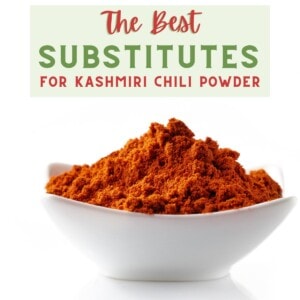
Kashmiri Chili Powder Substitute
Ingredients
Other Chilis options
- Paprika
- Byadgi Chili powder
- Deggi Mirch powder
- Cayenne
- Ancho Chili Powder
- Gochugaru
Instructions
- Paprika has a sweeter, milder flavor compared to the fruity, earthy notes of Kashmiri chili. It won't provide the same level of spiciness. Paprika is still a great sub as it provides the color and is mild. Use the same amount of paprika as specified for Kashmiri chili powder.
- Byadgi chili has a unique, mildly fruity flavor with a moderate level of heat. It also has a smoky undertone. It's quite similar to Kashmiri chili, making it a good substitute.
- Deggi Mirch provides a deep red color, similar to Kashmiri chili. It's often used to impart a rich hue to dishes. Use 1/2 the amount specified for kashmiri chili powder.
- Cayenne: If cayenne is all you have on hand, start with 1/3 of the amount speficied for kashmiri chili powder.
- Ancho chilies offer a unique smoky, fruity flavor with a touch of sweetness, in contrast to the earthy and somewhat tangy profile of Kashmiri chilies. While both are relatively mild in heat, ancho chilies can occasionally be slightly spicier. Use 1/2 the amount specified for Kashmiri chili powder.
- Gochugaru offers a distinctive, slightly smoky, and fruity flavor with a hint of sweetness, contrasting with the earthy and somewhat tangy profile of Kashmiri chili powder. While both are mild in terms of spiciness, they deliver flavorful nuances without excessive heat. Use 1/2 the amount specified for Kashmiri chili powder.
